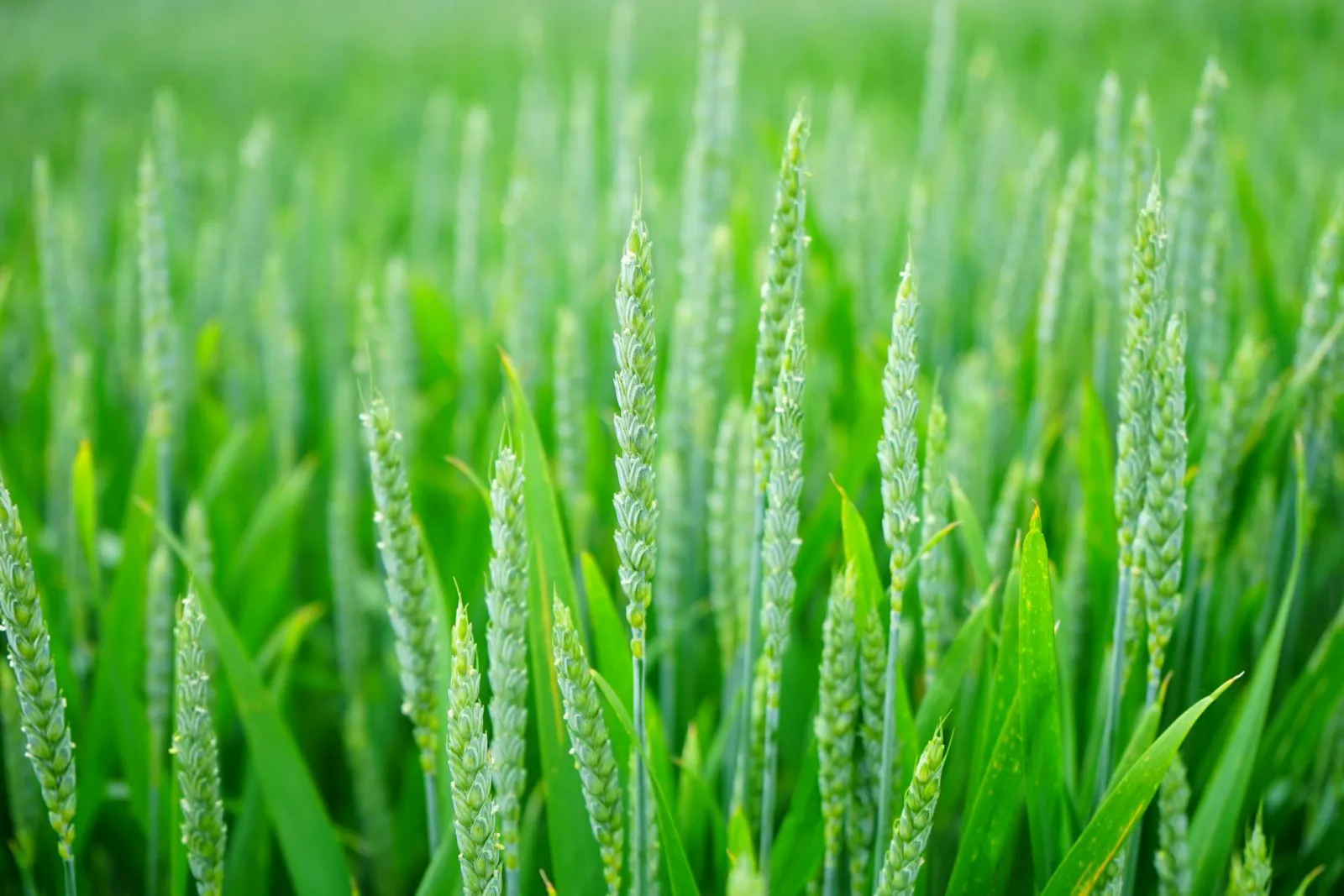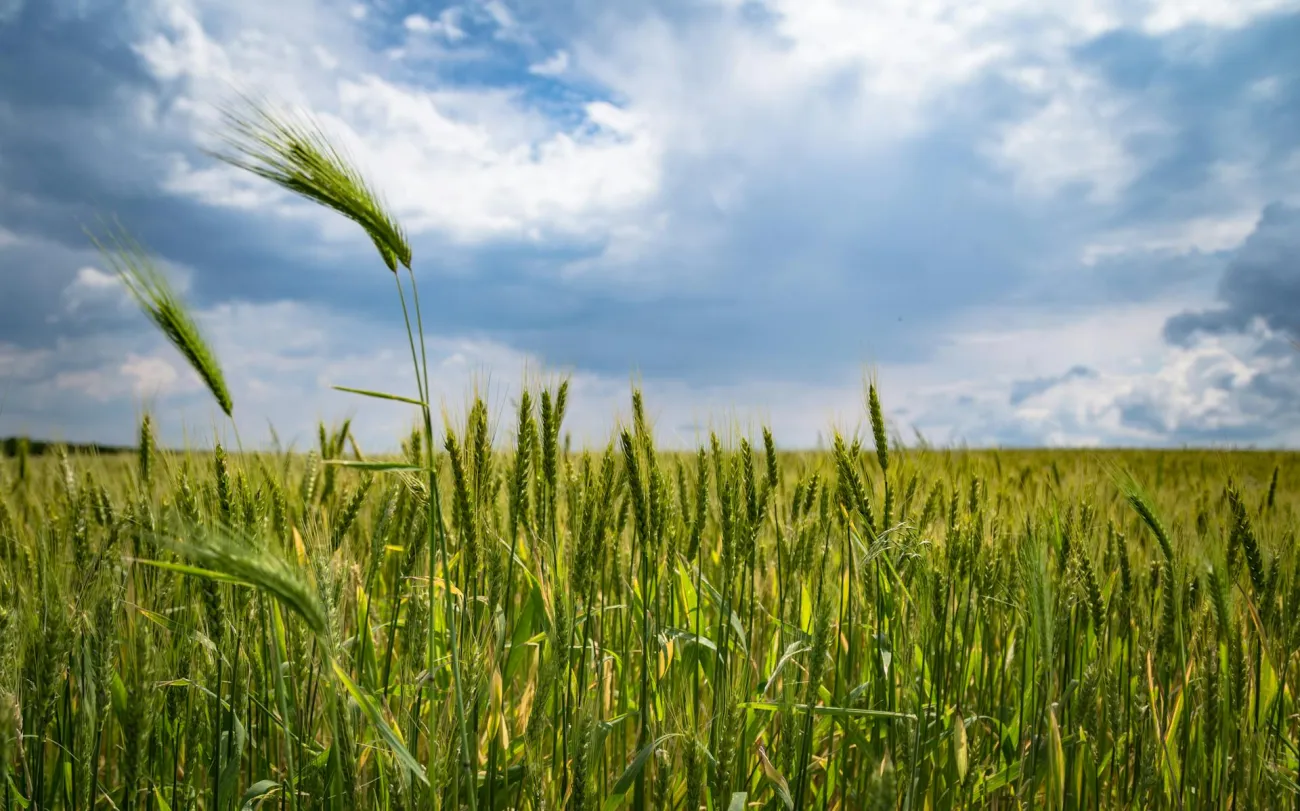This study by the European Alliance for Regenerative Agriculture says European Farmers can produce significantly more food for less in a transition to regenerative agriculture. It benchmarks 78 regenerative farms in 14 countries, and claims to be the largest regenerative agriculture study.
Publisher’s Summary
The study benchmarks 78 regenerating farms in 14 countries covering over 7,000 hectares against their neighbouring and national average conventional farmers, demonstrating that Europe’s food security is not in fact dependent on high-input chemical agriculture, but instead on a symbiotic and innovative relationship with nature. The myth that only the status quo of conventional, synthetic input-heavy agriculture can feed Europe “and the world”, is just that, a myth. Reliance on conventional agricultural practices and methods puts Europe “and the world” at risk due to ever more fragile yields, rising input quantities and costs, increasing economic pressure on farmers and severe exposure to losses to the whole agri-food system due to climate instability.
Already for 2025 the European Commission estimates the realistic loss in agricultural revenue and thus food security to be EUR 60 billion for Europe. By 2050 that loss is forecasted to grow to EUR >90 billion.
EARA’s landmark study was undertaken by 11 researchers supported by several top institutions around the world and led by EARA’s pioneering farmers. It shows that climate resilience, food security, improved economic returns for farmers and for the food supply chain as a whole, are not only possible through regenerating forms of agriculture, but achievable, while also supplying the crucial foundations of climate adaptation for the whole of the European society (with regard to flood, heat and drought mitigation).
Pioneers of regenerating forms of agriculture who are stemming from Agroecology, Agroforestry, Conservation Agriculture, Organic Agriculture, Animal Husbandry, Market Gardening, Holistic Planned Grazing and other practices, all exceed in input reduction, biological improvements and yield resilience, while achieving regenerative outcomes in their particular context. By regenerative outcomes we mean the continuous improvement of all decisive productivity factors.




Comments (0)